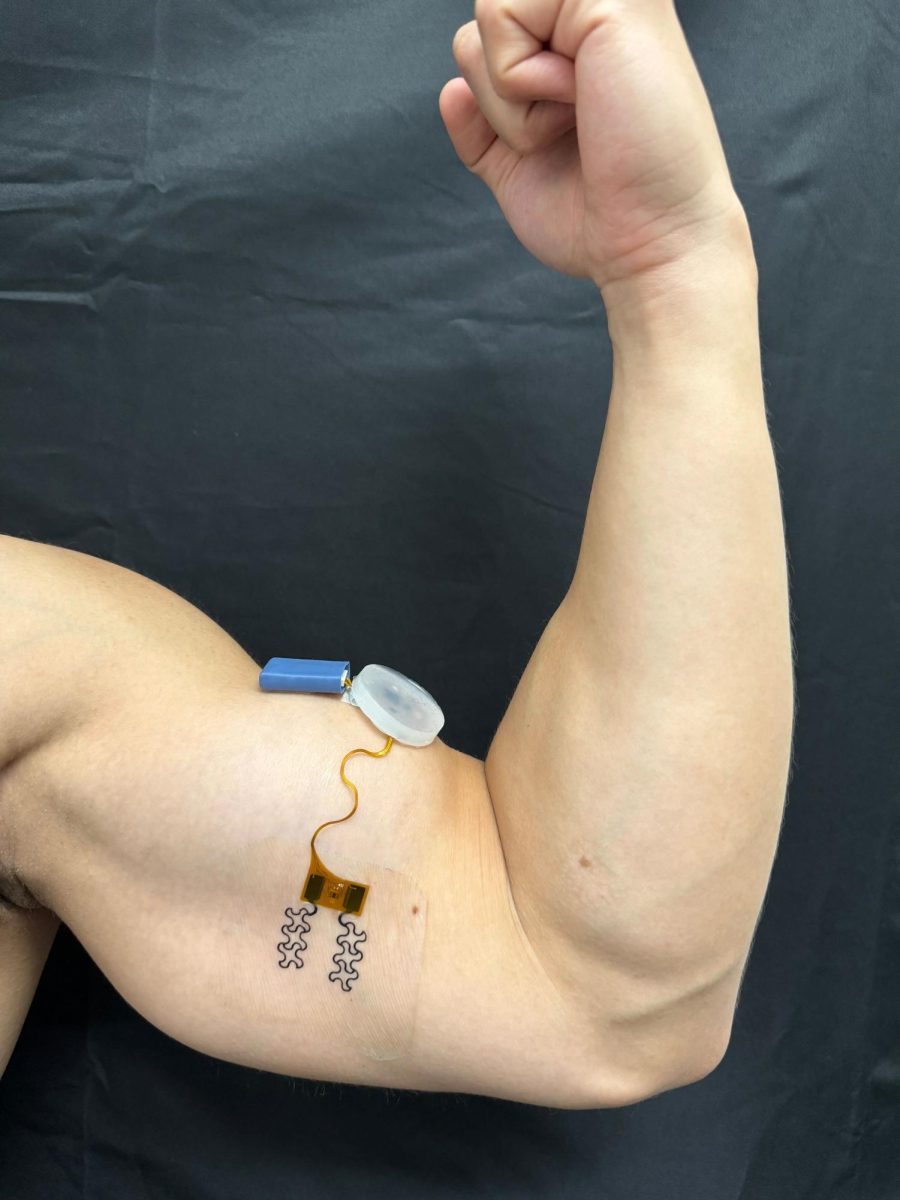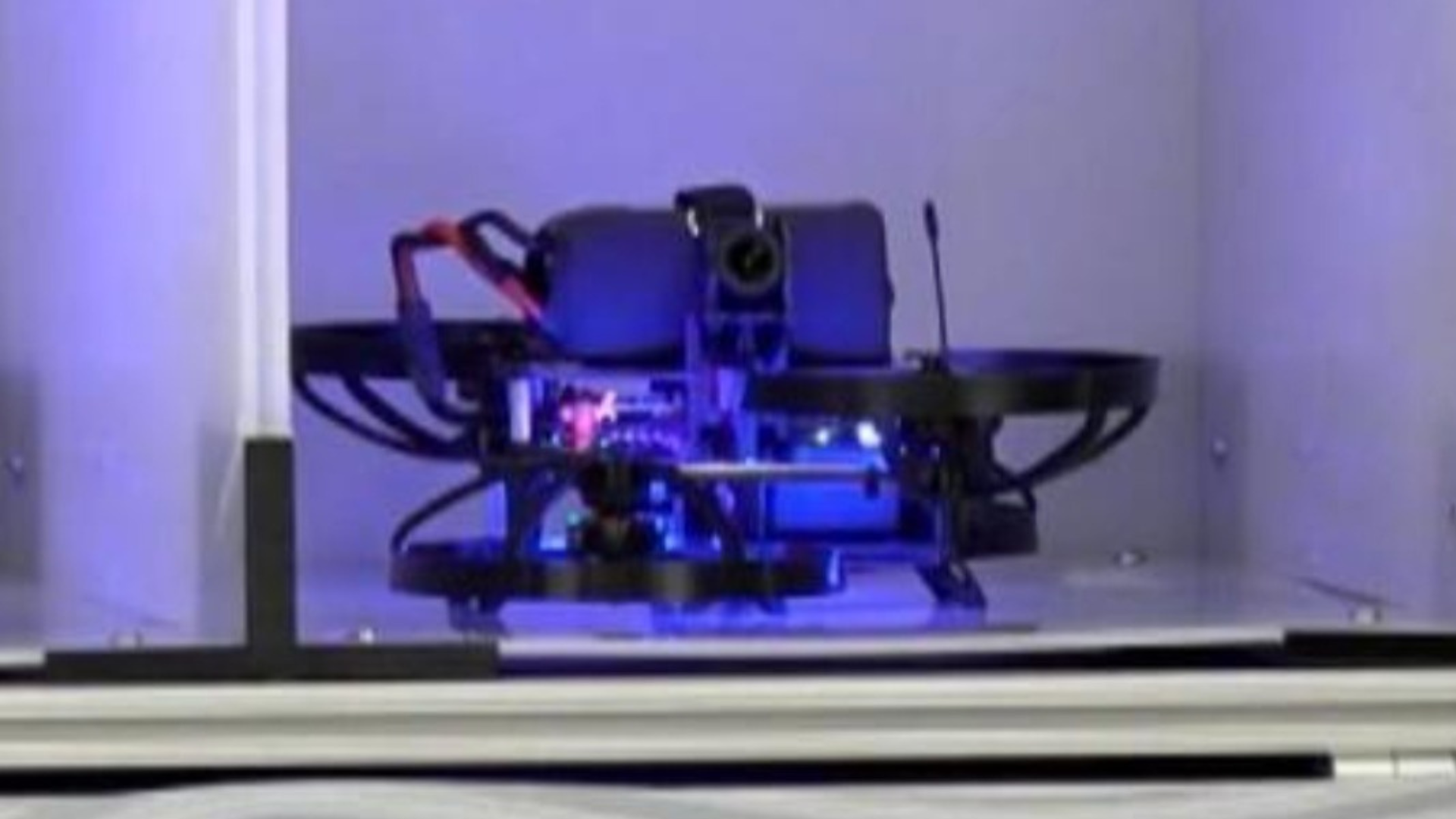A wearable prototype sensor that monitors human dehydration was created by a UT research team.
In order to help athletes and workers fight dehydration in hotter temperatures, the study, which was published on July 14, aimed to develop a more user-friendly method of reading dehydration levels. The work was headed by UT professor Nanshu Lu, who holds the Carol Cockrell Curran Chair in Engineering.
According to Lu, the current gold standards for bodily hydration sensing include determining a person’s electrical impedance, or electrical conductivity, comparing urine color, and evaluating how salty their blood is. According to Lu, a person’s body contains less water the more conductive their body is.
Lu and her colleagues proposed an alternative technique for electrical impedance measurement. In order to test the electrical impedance of the entire body, a person must often stand on a scale while holding onto two metal bars. The researchers questioned if they could use a single body part to detect conductivity.
The device is a proof of concept, according to research lead author and former graduate student Matija Jankovic.
According to Jankovic, the wearable gadget introduces tiny currents into the body, which pass through different cells, cell membranes, and bodily fluids. It then tracks how naturally the current flows through the body, determining the body’s level of hydration or dehydration.
According to Jankovic, the goal is to include bioimpedance components into a tiny wearable gadget. The bioimpedance will monitor the fluid changes throughout your body when the body dehydrates.
According to Dr. Lu, her team intends to further customize the technology for many possible consumers.
According to Dr. Lu, we are working on improving wearability, usability, packaging, and other aspects in order to eventually be able to conduct field deployment. In order to grasp the realistic environment or considerations, we would be very interested in speaking with any users from the outset.












